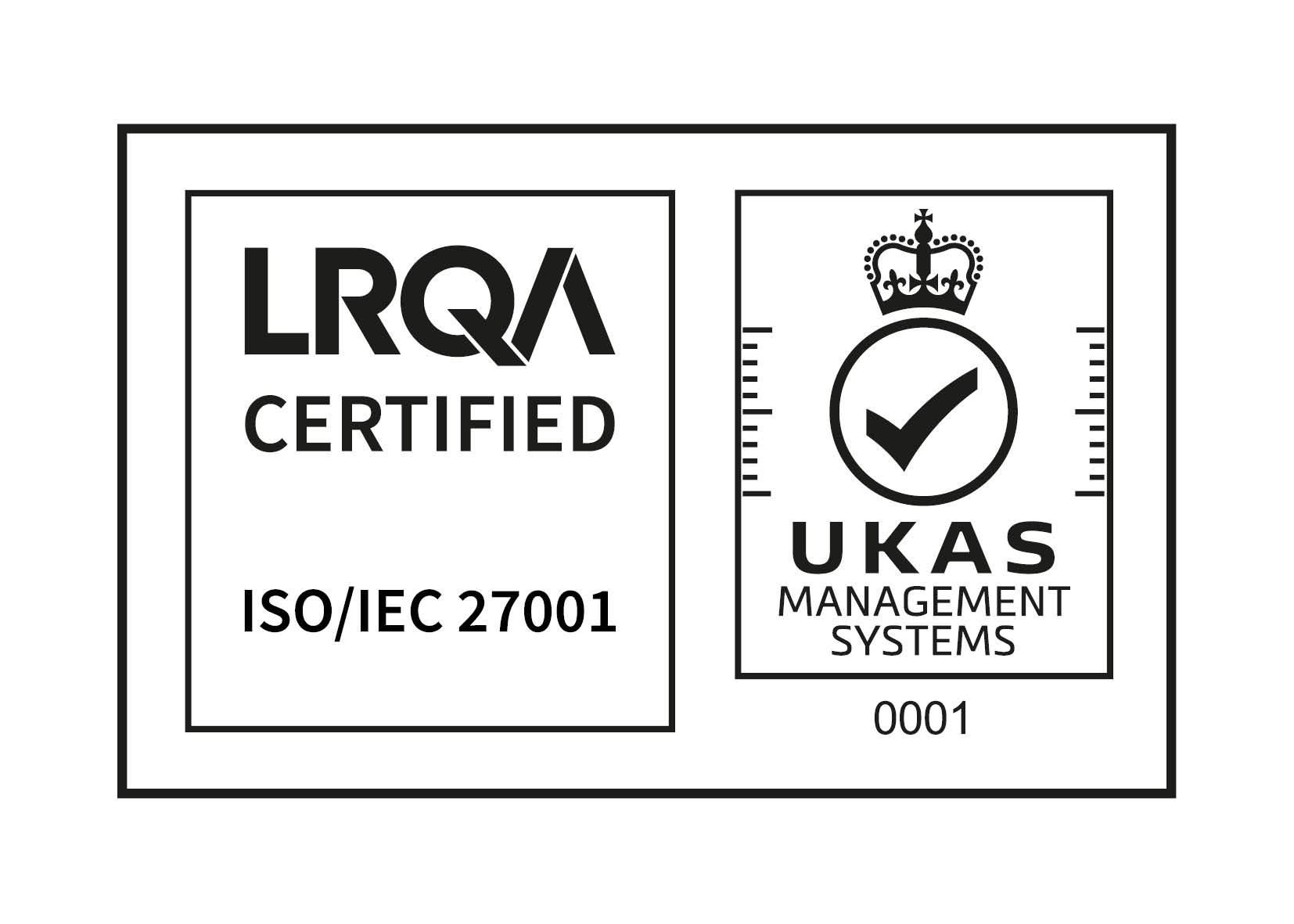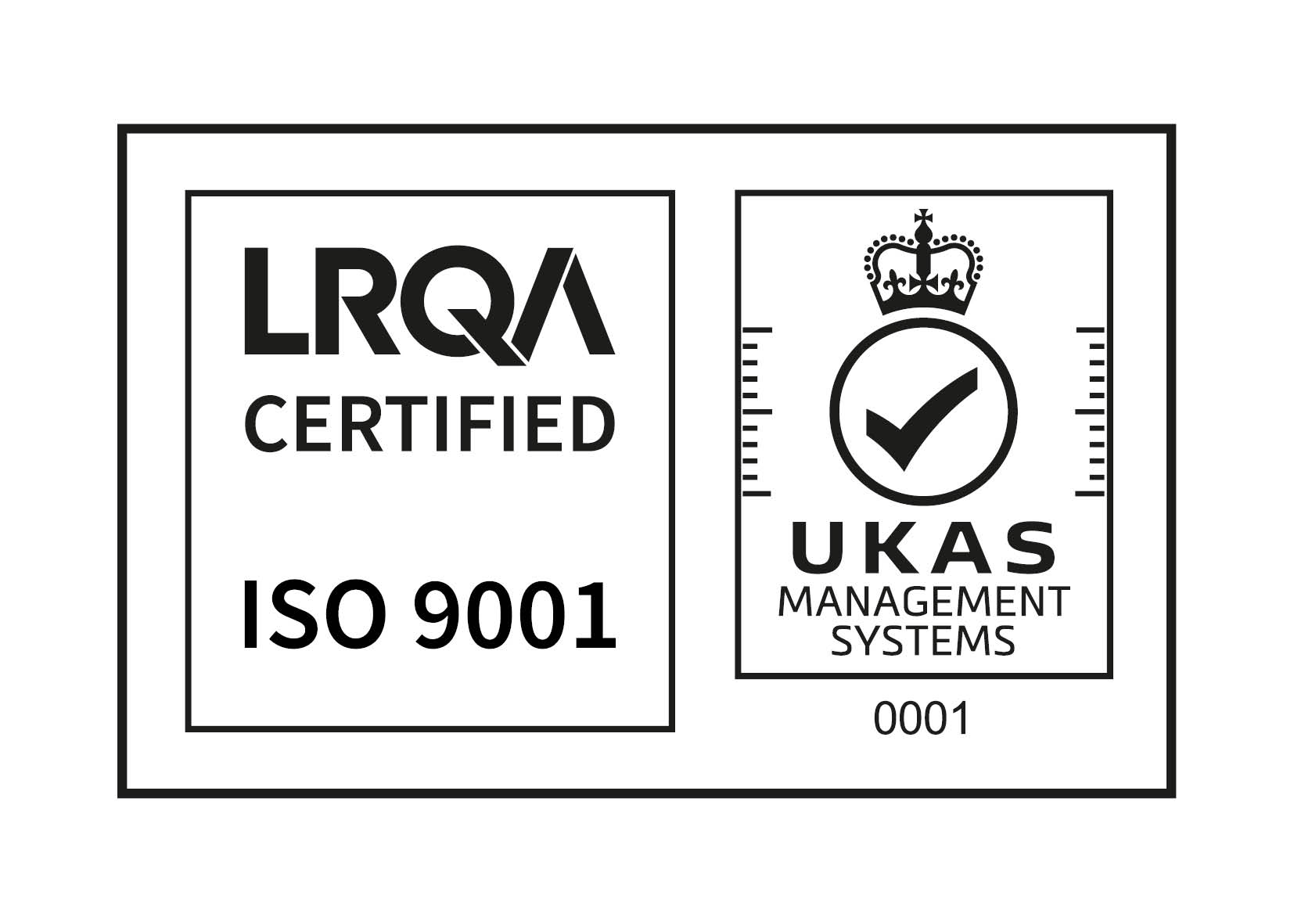Share this
Beyond Implementation: Optimise Your Use of Case Management Software
by Emma Laxton on March 4, 2024
We’ve written many a time about how important and transformative using case management software can be (check out our case studies here) but what happens once you’ve selected a system? The journey doesn’t end there, in fact, it’s only the beginning! There are lots of useful things to keep in mind if you’d like to get the best out of your solution! Let's delve into them…
For the purpose of this blog, we will use case management software to refer to software for managing complaints, HR cases, and FOI & SAR requests. Although each of these types of software have niche functionality, these tips around getting the best out of your use of them apply to all!

During Implementation: Setting the Foundation for Success
When you’re implementing new software there is likely to be a lot of information to take in and you may start to get bogged down in the necessary tasks to get your software up and running. However, there are some important things to keep in mind if you want to ensure you’re giving yourself the best head-start at success:
- Utilise Customisation & Automation: Case management processes will look slightly different for each organisation so it’s unlikely that a ready-made system will fit your needs exactly off-the-shelf. This is where customisation and automation comes in! Work with your supplier to ensure your software is tailored to your organisation’s processes, this could include customising the terminology in drop-down fields or setting up automated tasks to ensure a certain type of case follows a certain workflow.
Note: It’s important to remember that you don’t need to get everything right straight away. When it comes to areas such as customisation and automation, if you’ve never had case management software before you may not know what you need. Set this up as best you can and monitor this as you start to use the system - you may notice different things that you’d like to set up further down the line and that’s okay!
- Integrate with Other Systems: Most case management systems are built to integrate with other systems such as a wider HRIS (Human Resource Information System) platform or CRM (Customer Relationship Management) software, allowing for a seamless information exchange. This could be used to pull in employee or customer details meaning that manual work when inputting cases is drastically reduced.
- Attend Training Sessions: The best way to learn how to use a new piece of software is by attending the training sessions offered by the supplier. This empowers users to navigate the system with confidence and ensures you can ask any questions to a subject matter expert directly rather than going down the support route once you’re actively using the software. You can learn more about the training that Workpro provide here.
After Implementation: Sustaining Optimal Performance
After implementation, it’s natural to take some time to get to grips with the system and it’s easy to fall into a set pattern of working with your software. However, it’s important to keep an eye on this to ensure that you’re utilising everything you can. We’ve pulled out some key ways you can continue to get the best from your software, no matter how long you’ve had it!
- Harness Reporting & Analytics Tools: Analysis can help you spot trends and patterns in your data and ultimately lead you to pinpoint root causes. Ensuring that you utilise this functionality fosters an improvement mindset within your team and allows you to implement appropriate solutions to identified issues.
- Create a Culture of Collaboration & Communication: It is usual for software users to create complex workarounds or processes when part of the system is not working for them. However, this can waste time and result in decreased efficiency overall (and decreased satisfaction with your system!). Creating space for communication both within your team, and with the supplier, ensures you can identify the simplest way to carry out your intended tasks. Suppliers are also often open to feedback as it helps them to improve their software for all users!
- Keep Your Software Updated: One of the great things about case management software is that it is constantly being improved, whether that is with new functionality or simply performance enhancements and security measures. However, the only way to see these benefits is to ensure that you install the latest updates.
Note: It’s natural to be a little nervous about system upgrades as no one wants to disrupt their everyday processes! However, most suppliers are very conscious of this and have back-ups and security measures in place to minimise or completely mitigate any disruption. If you’re still concerned, our vlog - Why you don’t need to worry about a Workpro system upgrade - explains this in more detail.
If you utilise these helpful tips when setting up and using your case management software, then you should be in a great place to get the best out of your system!
If you’d like to learn more about Workpro software you can take a look at our case management solutions below:
Share this
- December 2025 (2)
- November 2025 (1)
- October 2025 (2)
- September 2025 (1)
- August 2025 (3)
- July 2025 (2)
- May 2025 (2)
- April 2025 (3)
- February 2025 (3)
- December 2024 (1)
- November 2024 (1)
- October 2024 (1)
- June 2024 (1)
- May 2024 (2)
- April 2024 (2)
- March 2024 (1)
- February 2024 (1)
- January 2024 (1)
- December 2023 (1)
- November 2023 (2)
- October 2023 (1)
- August 2023 (2)
- July 2023 (2)
- June 2023 (2)
- May 2023 (1)
- April 2023 (3)
- February 2023 (3)
- December 2022 (2)
- October 2022 (1)
- September 2022 (3)
- August 2022 (2)
- July 2022 (2)
- June 2022 (1)
- March 2022 (2)
- February 2022 (1)
- January 2022 (1)
- December 2021 (1)
- October 2021 (1)
- June 2021 (2)
- May 2021 (1)
- February 2021 (2)
- October 2020 (1)
- September 2020 (1)
- August 2020 (1)
- July 2020 (1)
- June 2020 (3)
- April 2020 (1)
- October 2019 (2)
- September 2019 (2)
- May 2019 (1)
- March 2019 (1)
- November 2018 (1)
- July 2018 (1)
- November 2017 (1)
- September 2015 (1)








